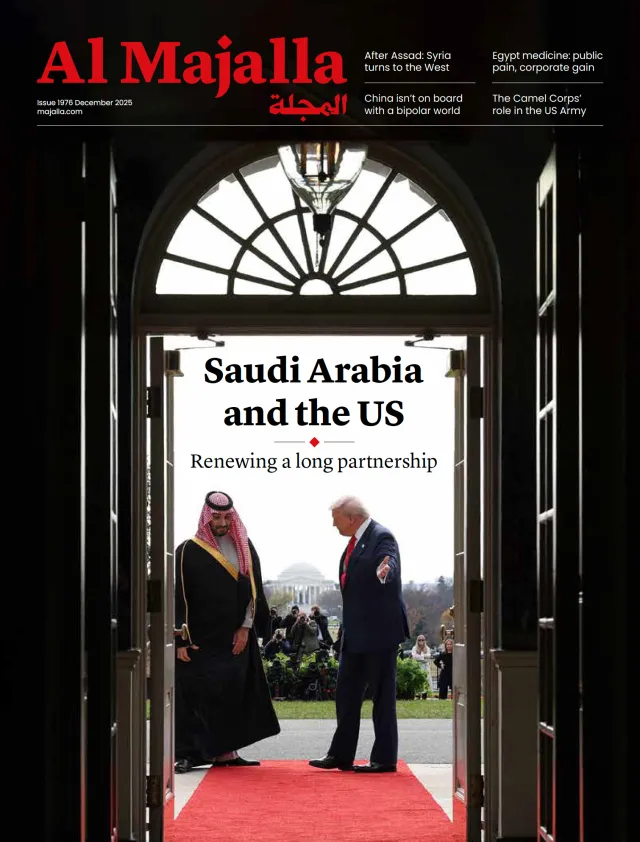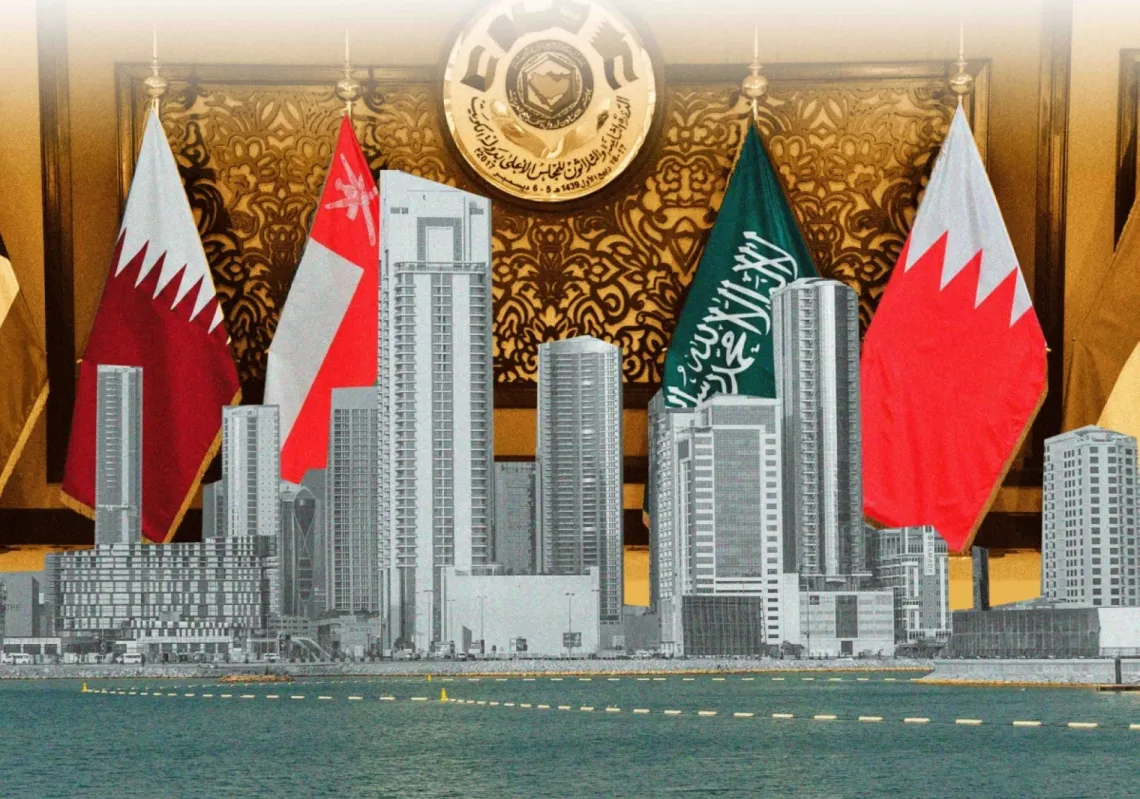As energy infrastructure projects go, building a 4,120km gas pipeline from Nigeria to Europe via Algeria’s Mediterranean coast and the Sahara Desert is among those considered more challenging. Be that as it may, it seems to be moving ahead.
The Trans-Saharan Gas Pipeline (TSGP), which would pass through Niger, is intended to provide European energy customers with Nigerian gas, but its backers are competing with other gas supply options, including the Dolphin Gas Project taking Qatari gas to Europe via Türkiye.
Africa’s most populous country with 230 million people, Nigeria also has Africa’s biggest gas reserves, estimated at 5.94 trillion cubic metres, which is more than enough to meet some European needs. Specialists think it could pump 30 billion cubic metres of gas annually through the pipeline.
Domestically, this would give Nigeria a much-needed financial boost. It is currently grappling with high inflation, currency depreciation, weak economic growth, and mounting domestic and foreign debt, particularly from the World Bank and the African Development Fund. Algeria and Niger would also benefit from the pipeline running through their territories, in part by collecting transit fees.
A long time coming
The idea behind the TSGP is far from new, having first been proposed in the early 1970s. Nigeria and Algeria initiated the project in 2002. In 2006, a feasibility study showed that it was viable. Niger was admitted in 2008 as a co-sponsor. According to a 2016 document by the Economic Commission of the African Union, the project is one of the 16 key infrastructure projects included in the continent’s integration programme.
Algeria’s strategic advantage lies in its existing connection to the Medgaz submarine pipeline that runs under the Mediterranean Sea, from the Algerian coast to the Spanish coast. It begins at Algeria’s giant Hassi R’Mel gas fields, traverses almost 550km to the port of Béni Saf, and emerges in Almeria, Spain, after travelling 210km underwater.













